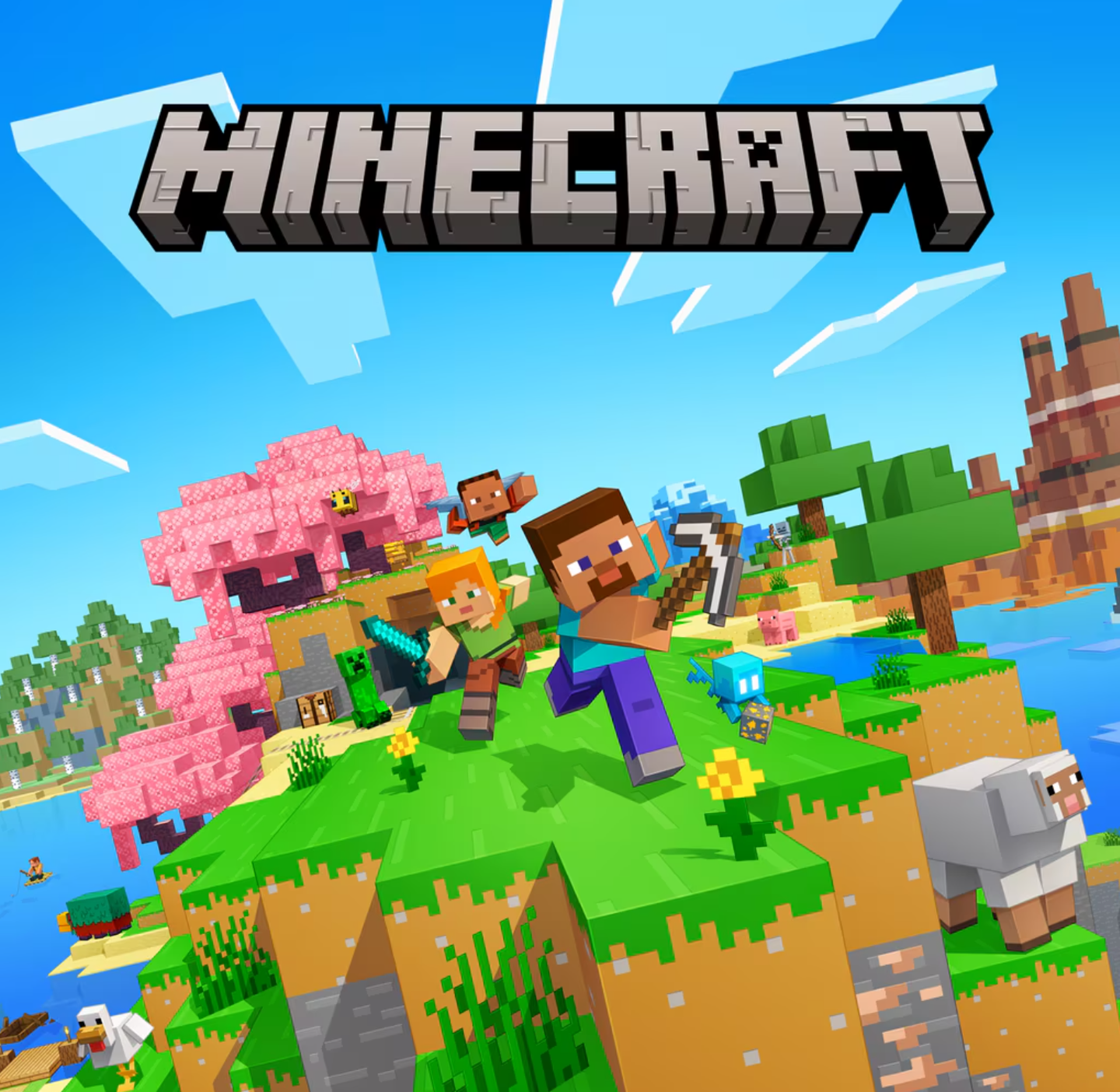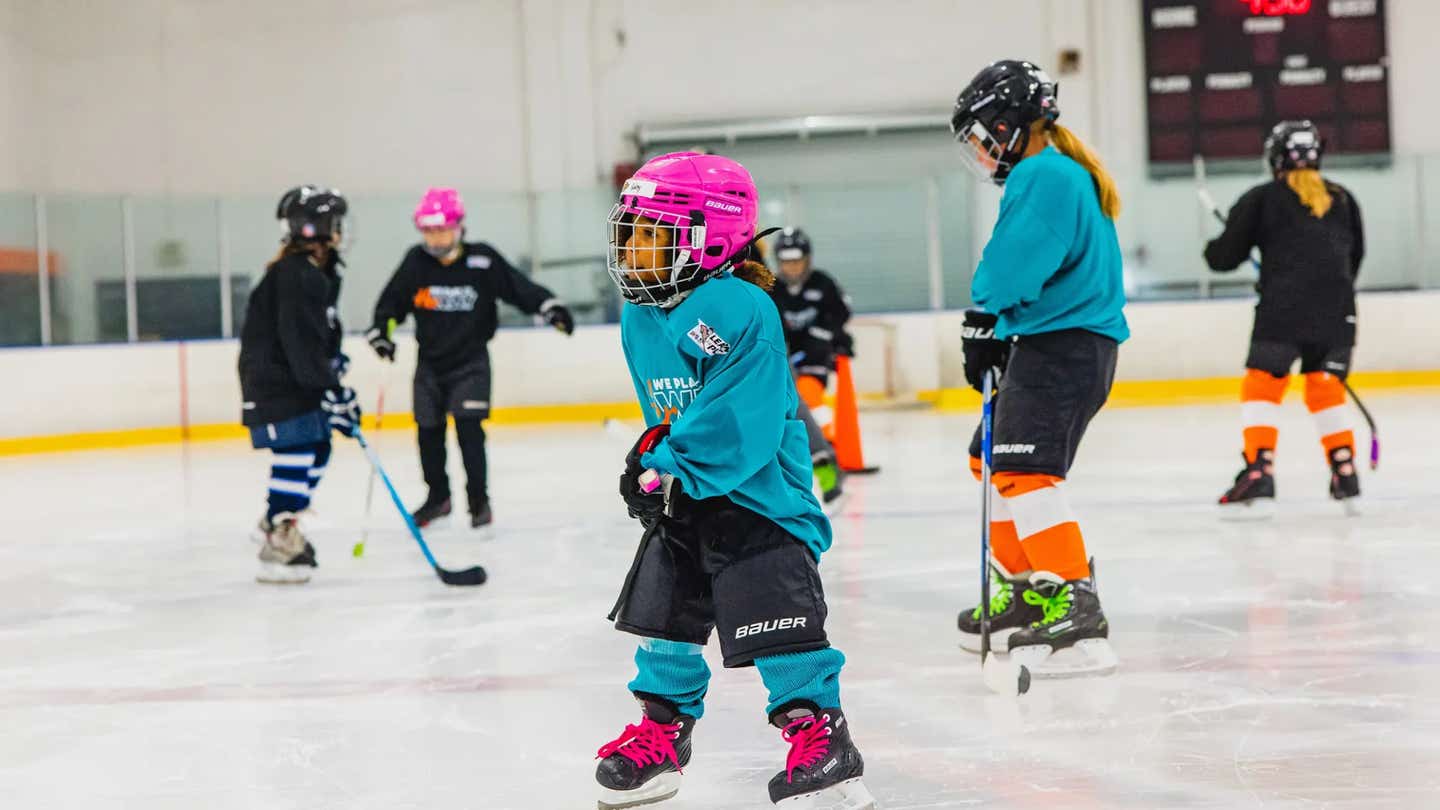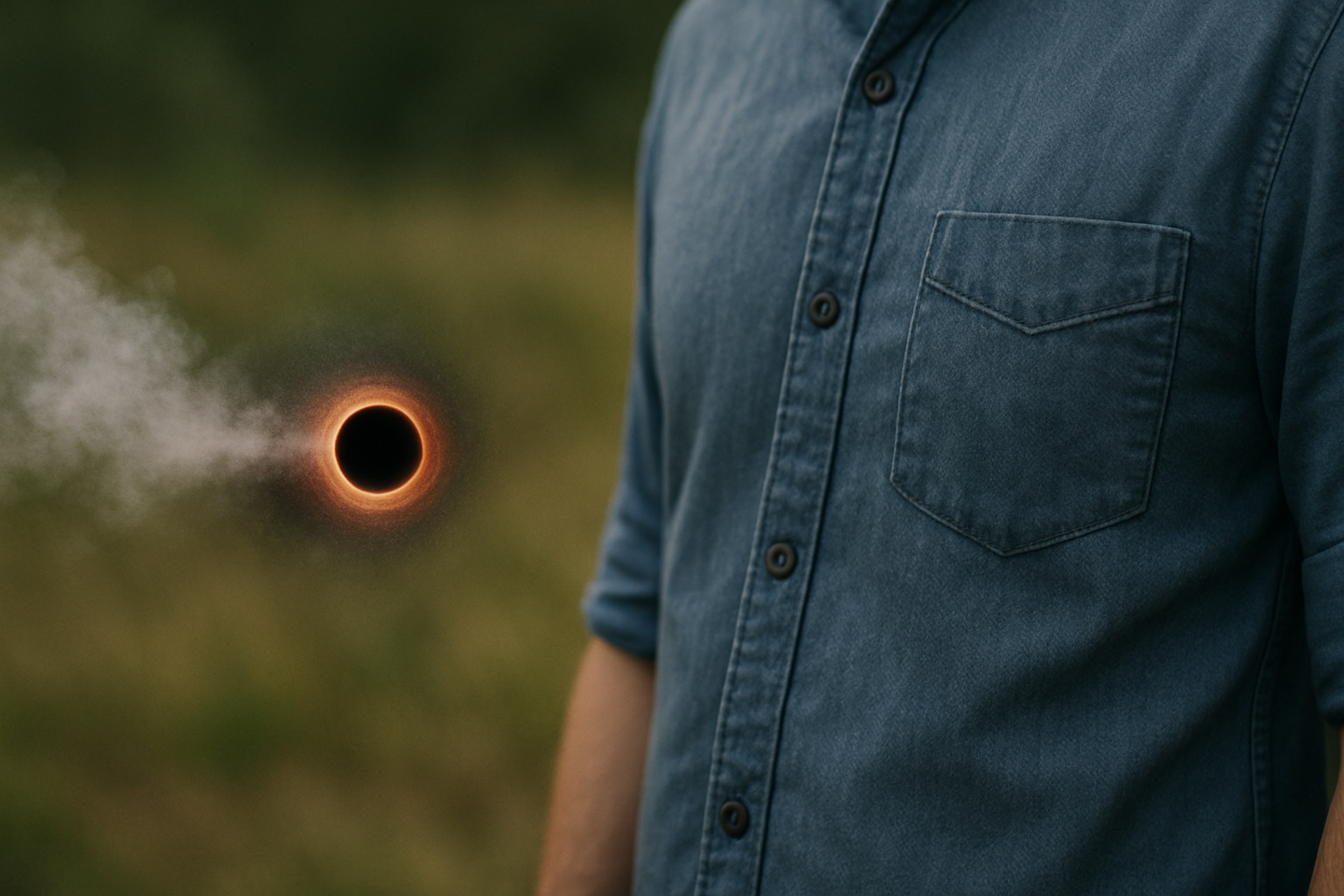Human adaptability explained through a Minecraft experiment
A new study using Minecraft shows that flexible learning—balancing solo effort with social cues—is key to human decision-making success.

Study in Minecraft shows that adaptability, not fixed learning styles, drives human success in changing environments. (CREDIT: MOJANG)
In a world that demands constant decision-making, your ability to adapt—whether acting alone or with others—matters more than ever. But how do people actually strike that balance between doing things on their own and learning from others? And what happens when the environment itself keeps changing?
To answer those questions, a team of researchers turned to a surprising but powerful tool: the video game Minecraft. They created a digital experiment that revealed new insights into how people blend individual and social learning in real time. What they discovered could change how scientists think about human intelligence, teamwork, and even the design of future learning systems.
A Digital World for Real Questions
The study brought together scientists from several institutions, including the Technical University of Berlin, who wanted to test how humans adapt when learning alone versus learning in groups. Until now, most research separated these two areas, looking either at people solving problems solo or at how they copy each other in groups. But real life isn’t so divided.
To close that gap, the researchers designed a task inside Minecraft. In this virtual space, participants used avatars to search for hidden resources by breaking blocks. Sometimes they worked alone. Other times, they worked in groups of four and could see what others were doing. Every time a player found a resource, a blue splash appeared—a signal others could see and learn from.
The researchers changed the environment in two ways. In “patchy” settings, resources clumped together. Finding one meant others might be nearby. Social learning—watching the blue splash and moving toward it—could help. In “random” environments, resources scattered without pattern. In those settings, following others offered no real advantage. This setup asked a key question: should a person explore alone or follow others—and when should that decision change?
“Using a game like Minecraft is useful because it simulates real-life challenges,” said Ralf Kurvers, a senior author of the study. “Since you can only see a small part of the world, you must choose whether to focus on your own search or watch others and learn from them.”
Kurvers pointed out that people constantly face these kinds of choices, even outside the game. “Do I trust my own instincts or follow someone who seems to know what they’re doing?” he said. “That’s a real-world dilemma.”
Related Stories
A Closer Look at Human Choices
To better understand what drove players’ decisions, the team used a new computer tool that tracked what each person looked at during the game. This visual field data was recorded 20 times per second. It showed which blocks, events, or players someone watched. Combined with location and movement data, it created a complete picture of behavior.
The researchers then built a model to predict what each player would do next. This model pulled together both kinds of learning: asocial (based on personal experience) and social (based on watching others). “In simpler terms, we can now predict which block a participant will choose next by combining individual and social learning strategies, all in one computational framework,” said Charley Wu from the University of Tübingen.
This kind of model is similar to the algorithms used in artificial intelligence. But here, it worked to understand human behavior, not train a machine. It let researchers track how each person switched between strategies depending on the environment and their past results. And what did they find?
The strongest predictor of success wasn’t whether someone always followed others or always explored alone. It was how well they adapted their strategy to the situation. In short, being flexible made the biggest difference.
Adaptability Over Habit
This study shows that people are neither mindless copycats nor stubborn loners. Instead, humans shift strategies based on context. Someone who succeeds in a patchy world might follow others more often, while that same person might switch to solo searching in a random world. It’s not just about learning—it’s about learning how to learn.
This kind of adaptivity matters because it reflects a deeper cognitive skill. It shows that intelligence isn’t just about solving problems—it’s about knowing when to switch strategies. That ability to flex between approaches may explain why humans can build cities, discover medicines, and send spacecraft into orbit.
“Adaptability—the flexible switching between individual and social learning—is crucial for success,” the researchers concluded. It’s not enough to always go it alone or always follow the crowd. The best outcomes come from knowing when to do each.
The study also found that individual rewards drove both types of learning. In other words, people learned more from what worked for them than from what happened to others. This shared feedback loop means both social and solo learning rely on personal success as a guide.
Why This Research Matters
These findings fill a major gap in understanding how people learn. For years, scientists studied individual learning and social learning separately. But real life doesn’t work that way. You constantly choose between doing things your own way or following someone else. And those choices often happen fast, under pressure, and with incomplete information.
By showing how these two systems interact in a dynamic, changing world, this research offers new ways to think about human intelligence. It explains how people make smart decisions in complex social situations. It also helps explain how ideas spread, how teams innovate, and why some people thrive while others don’t.
This matters for more than just academic theory. It could shape how teachers build classrooms, how companies train employees, or how designers build digital platforms. Systems that support flexible learning—not just rule-following—might help more people succeed.
It could even help AI developers build smarter systems. If machines can learn from humans in the same flexible way, it may lead to better teamwork between people and technology.
What Comes Next
The researchers say this work opens many new paths. Future studies could test how different kinds of social cues affect learning. Or how group size changes strategy. Or how different reward systems shape behavior. The Minecraft world made these tests possible in a way that lab-based puzzles could not.
By using a familiar game, the study created a space that felt real enough to trigger natural behavior, but controlled enough to gather useful data. It blended realism with precision, a rare mix in behavioral science.
And the results? They tell a clear story. Success comes not from sticking to one way of doing things. It comes from switching when needed—and knowing how to do that well.
Research findings are available online in the journal Nature Communications.
Note: The article above provided above by The Brighter Side of News.
Like these kind of feel good stories? Get The Brighter Side of News' newsletter.



